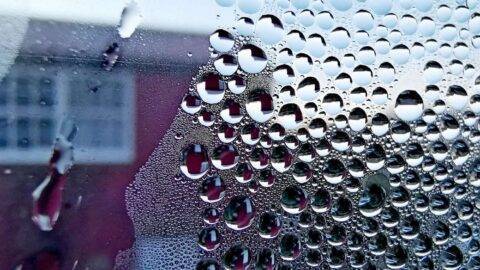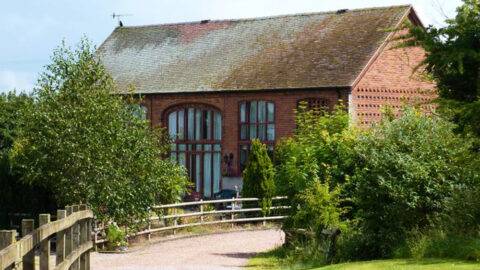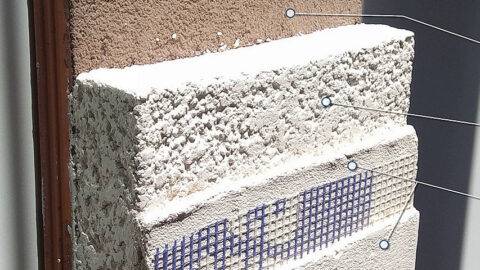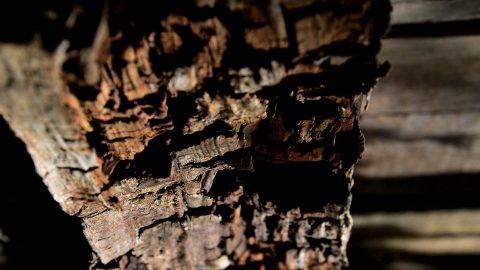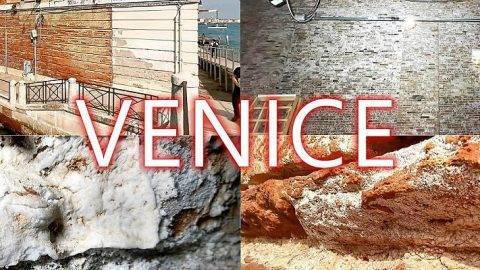What is Condensation?Condensation is the liquification of invisible water vapours present in the air in…
Homebuilding and Renovating Award Winner: Core Conservation – Recreating Roman Building Materials
Ever wondered how buildings of the UNESCO world heritage site: Venice are looking so good despite standing in seawater for centuries? And what this has to do with a British Company: Core Conservation?
The story of this award-winning lime product is an incredible story of a lost and rediscovered Roman technology thanks to the dedication and expertise of many...
...and of course some luck.
Our passion for Roman architecture led the Core Conservation research team to take a closer look at this extraordinary discovery. We knew if it works in Venice it will work in the UK too...
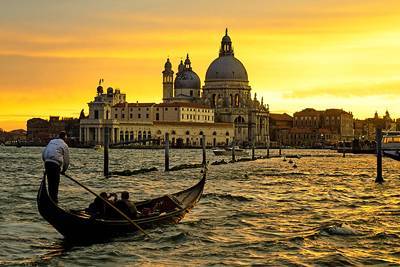
Photo: Pedro Szekely
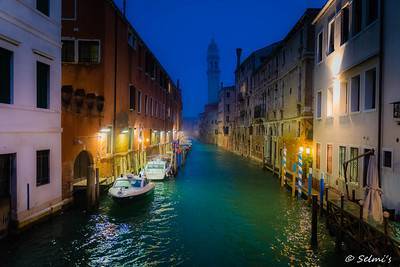
Photo: Anselmo Mazzoleni
Recreation of a Roman Building Material - Research
It all started 2000 years ago, when ancient Roman architect Vitruvius described in his "Ten Books on Architecture" (De Architectura) the technology of how to turn lime mortar into a durable and waterproof building material by using specific volcanic sands and ashes from Mount Vesuvius. Vitruvius perfected his recipe until he could build seaside docks, roman baths, wells and other underwater structures, that would last for centuries or even millennia. These structures have indeed survived the millennia, but the exact recipe of the volcanic Roman mortar has been lost.
During the early 1970's, Venetian building conservation authorities launched a project for the protection of Venetian buildings. They were looking for ways of slowing down the erosion of the historic building fabric caused by the high concentration salt water of The Venetian Lagoon.
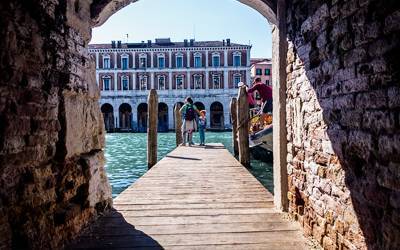
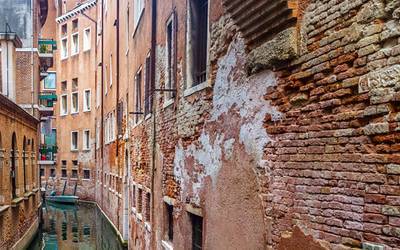
A simple observation that stones and bricks embedded in traditional Roman mortars did not erode but survived for many centuries or even millennia, pointed the research team in the direction of recreating the time-tested lost Roman lime mortar formula, instead of trying to invent something new.
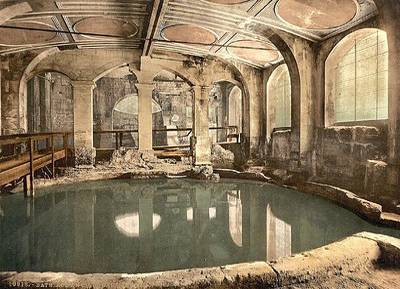
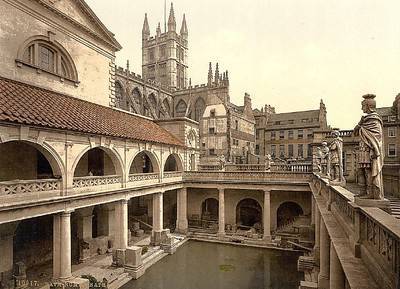
The research has been done in cooperation with the Polytechnic University of Milan who recovered original historic documents, and Mr. Naldo Busato, Venetian Building Restoration Master, the founder of our Italian partner company, MGN. He contributed to the project with his invaluable practical experience of existing lime-based materials, and his knowledge on how different aggregates alter the properties of lime. In close cooperation, the team eventually re-created the original Roman mortar recipe, which today is available under the name of MGN Rinzaffo Roman Waterproofing Mortar.
How is Core Conservation using the Roman Waterproofing Mortar to Preserve British Buildings?
To understand the benefits of this traditional Roman lime mortar, here are some of its amazing and unique properties:
- Breathable, yet 100% waterproof
- Completely salt-resistant to all salts
- No erosion or crumbling, even in extreme saline environments
- When under water it simply keeps carbonating further
- High adhesion power, and when removed it comes off cleanly without damaging the underlying fabric
- Flexible like any lime mortar, withstanding small structural movements without cracks
We tested the Roman Waterproofing Mortar in many British properties, under difficult conditions, such as in basements, on earth touching walls, rising damp affected walls, in seaside buildings, you name it.
Here is the good news:
This Roman Mortar can Replace any Cement Based Solution in Old or Listed Buildings
It has been used with success in the following applications:
- A water-resistant lime plaster when a building is flooding
- A protective waterproofing coat against sideways moisture penetration, such as in the case of buildings with earth touching walls.
- Breathable lime tanking for old or listed cellars and basements
It also performs extremely well for
- For old seaside buildings, where sea spray tends to damage the facade,
- Against sideways rainwater penetration, even after an extended period of driving rain,
- On rising damp affected walls, protecting the main lime plaster from moisture and salt damage,
- Around fireplaces, where chimney salts would otherwise attack the main plaster,
- Breathable waterproofing under limecrete floors or other breathable flooring solutions.
At Core Conservation we strongly believe that there is a perfect traditional solution for most problems old buildings may present. Our Mission is to find these and reinstate their use. MGN Rinzaffo Roman Waterproofing Mortar is a prime example of this concept and it can't get more traditional than this. And it seems to outperform almost all modern waterproofing slurries on the market - in performance as well as in longevity.
Our efforts and the outstanding properties of this material have been recognised, and Core Conservation won the 2020 Homebuilding and Renovating Award.


